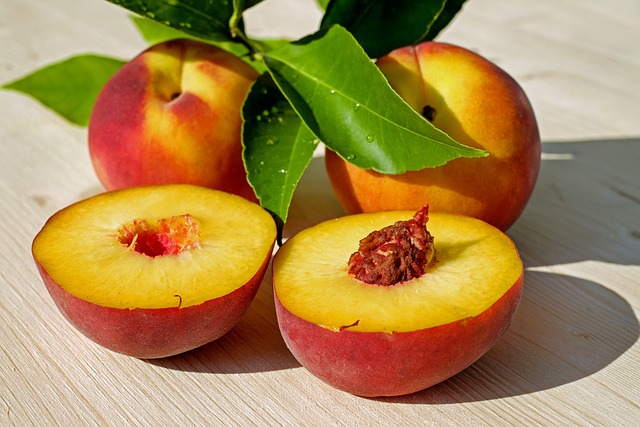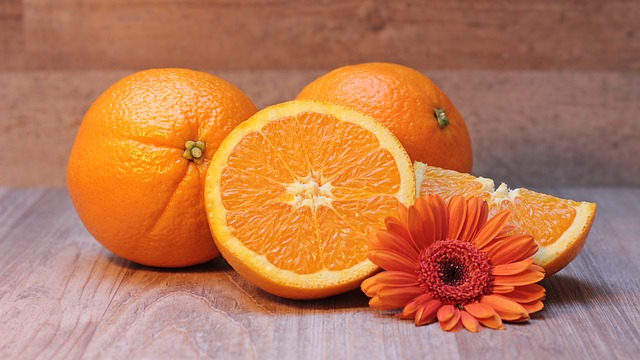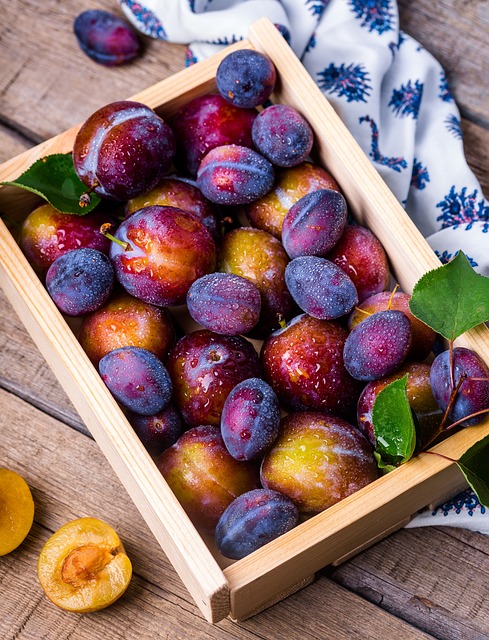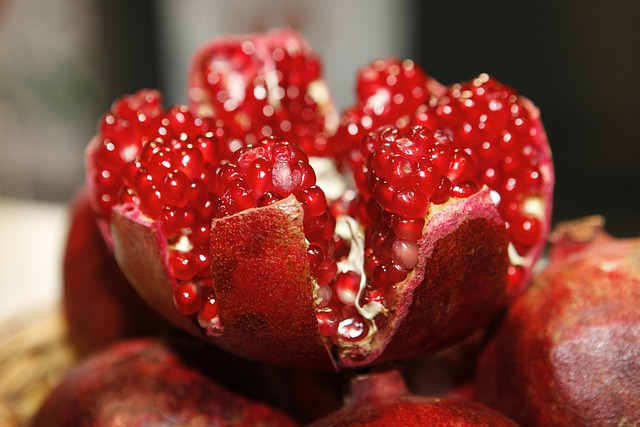Digestive Harmony: Discovering the Synergy between Prebiotics and Probiotics
Introduction
In recent years, there has been growing interest in gut health and its impact on overall well-being. One of the key factors in maintaining a healthy digestive system is the balance between prebiotics and probiotics.
Both prebiotics and probiotics play crucial roles in supporting a healthy gut, but what exactly are they, and how do they work together?
Understanding Prebiotics
Prebiotics are non-digestible fibers that act as food for beneficial bacteria in the gut. They cannot be digested by humans but provide nourishment to the probiotics, also known as the “good” bacteria.
Common sources of prebiotics include fruits, vegetables, whole grains, and legumes. Some well-known prebiotics include inulin, fructo-oligosaccharides (FOS), and galacto-oligosaccharides (GOS).
When we consume prebiotics, they pass through the stomach and reach the colon undigested. Once in the colon, they serve as a fuel source for the probiotics, promoting their growth and activity.
Exploring Probiotics
Probiotics, on the other hand, are live bacteria and yeasts that are beneficial for our health, particularly our digestive system. These microorganisms help maintain a balance of good bacteria in the gut, which is essential for digestion and nutrient absorption.
Some common probiotic strains include Lactobacillus acidophilus, Bifidobacterium longum, and Saccharomyces boulardii. Probiotics can be found in certain fermented foods like yogurt, kefir, sauerkraut, and kimchi. They are also available in the form of supplements.
By consuming probiotics, we introduce these live cultures into our gut, which helps restore or maintain the natural balance of bacteria. They enhance the diversity and population of beneficial bacteria, promoting better digestion and overall gut health.
The Synergy Between Prebiotics and Probiotics
Prebiotics and probiotics work together in a synergistic relationship to support a healthy gut. While probiotics directly contribute to the population of beneficial bacteria, prebiotics act as their fuel.
When consumed together, prebiotics provide a nourishing environment for probiotics to thrive and multiply. This synergy enhances the effectiveness of probiotics and helps maintain a diverse and balanced gut microbiome.
Studies have shown that the combination of prebiotics and probiotics can have various health benefits, including:
- Improved digestion and nutrient absorption
- Enhanced immune function
- Reduced risk of digestive disorders, such as diarrhea, constipation, and irritable bowel syndrome (IBS)
- Support for weight management
- Protection against harmful pathogens
It’s important to note that while prebiotics and probiotics offer numerous advantages when consumed together, they can also provide individual benefits when taken separately.
Incorporating Prebiotics and Probiotics into Your Diet
If you’re interested in improving your gut health, there are several ways to incorporate prebiotics and probiotics into your diet:
1. Prebiotic-Rich Foods
Include more fruits (such as bananas, apples, berries), vegetables (garlic, onions, asparagus), whole grains, and legumes in your meals. These foods are natural sources of prebiotic fibers.
2. Probiotic-Rich Foods
Introduce fermented foods into your diet, such as yogurt, kefir, sauerkraut, kimchi, and kombucha







